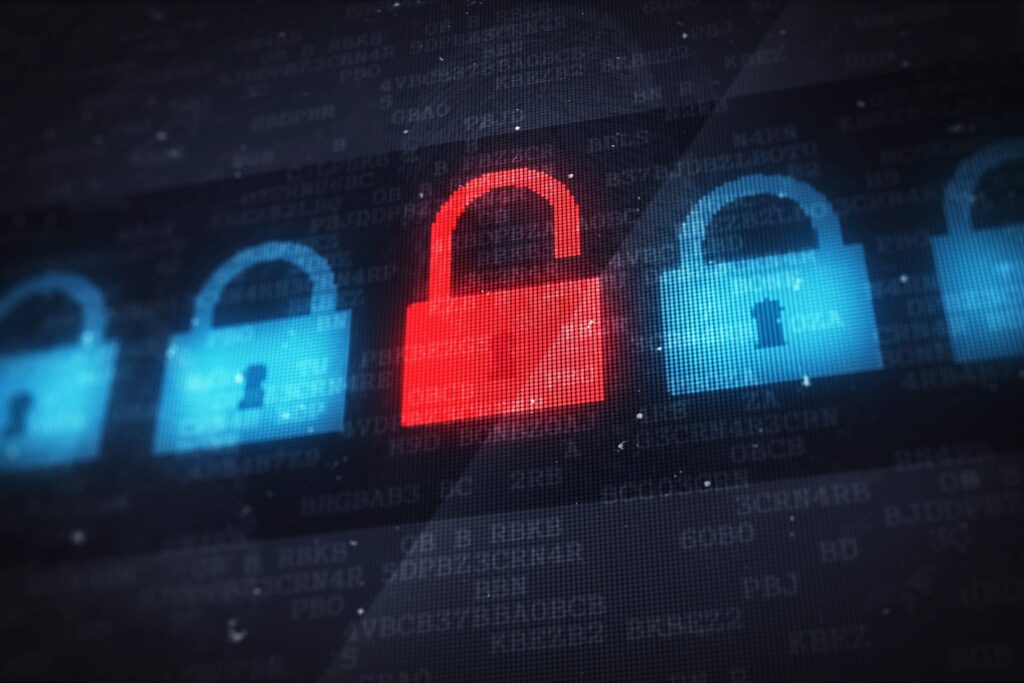
IT security is a vital issue for both organizations and individuals in today’s digital world. Cyber threats are widespread and rising, with frequent data breaches, ransomware attacks, and many other forms of cybercrime. A report from Risk Based Security revealed that 36 billion records were exposed in 2020 alone, demonstrating the need for measures to securely protect digital data from unauthorized access, theft, or harm.
Table of Contents
What is IT Security, and Why is it Important?

Source: outsource-philippines.com
IT security encompasses a range of measures and practices designed to protect digital information from unauthorized access, theft, or damage. It helps keep sensitive data secure and safeguards critical infrastructure. It also protects businesses and individuals from financial losses and reputational damage.
Organizations can benefit from an IT security strategy in several ways:
- Protecting against cyber threats enables companies to gain a competitive advantage over others who lack such protection. For example, organizations that implement appropriate network security measures can reduce the risk of a cyber-attack, making them more appealing to customers than those with insufficient protections in place.
- Preventing data breaches is essential for organizations to maintain a competitive edge. Companies that keep their information assets secure have a lower risk of being targeted by cybercriminals, making them more desirable to customers and keeping the company from incurring significant financial losses due to the cyber breach.
- Controlling access to information assets enables companies to better safeguard confidential information from being disclosed or stolen by unauthorized individuals or third parties.
- Reducing cyberattack risks requires strong IT security solutions that prevent intruders from accessing sensitive data and dissuade attackers from leveraging their access privileges against companies’ networks.
Consequences of Poor IT Security

Source: verdict.co.uk
- Financial losses: Identity theft, intellectual property theft, and money loss are a few of the many damages that can occur when companies have inadequate IT security measures.
- Reputational damage: Companies that suffer data breaches or other incidents due to poor IT security face significant reputational issues. It can be difficult to regain customers’ trust after a breach, so companies need to ensure they have strong IT security measures in place.
- Legal liabilities: Being hacked or experiencing a data breach can result in extensive legal liability for organizations and individuals. The impact of such problems could include defending claims against the organization for financial damages and protecting against lawsuits over misappropriated personal information or other states of harm. Some instances may even lead to criminal charges.
- Identity theft: Identity theft, which occurs when unauthorized individuals use compromised or stolen data, is one of the most pervasive legal risks companies face. It can be very expensive to resolve and a nuisance to deal with in terms of operational costs and reputation damage. Companies should prioritize IT security to reduce the number of incidents involving this risk.
- Intellectual property theft: Being hacked can result in the theft of intellectual property (IP). The consequences of this type of theft can be devastating for companies, especially since many IP owners don’t even know that their information has been breached until it’s too late. For instance, if you own a small business, it can take weeks or months to identify all that your business depends on being stolen.
Key Elements of a Good IT Security Strategy:

Source: deltaprotect.com
More effective IT security requires a comprehensive approach. Each technique can only provide complete protection; rather, it is necessary to have multiple layers of security to safeguard everything from user devices and apps to databases and servers.
- Strong passwords: Strong passwords are crucial to ensure that intruders can’t gain access to private information or sensitive data. In general, the most effective password consists of a combination of characters, numbers, and symbols (for example, a password like “31u&7r” would be much stronger than one like “password”). Also, passwords should be at least eight characters long.
- Firewalls: Firewalls use various techniques and technologies to secure networks and devices from unauthorized access, such as blocking traffic from unknown sources until further scrutiny. For example, firewalls can block malicious traffic and prevent known bad actors from accessing an organization’s network.
- Antivirus software: Antivirus software is essential to keep databases, servers, and other IT assets safe from malicious threats by scanning for them in the background to flag any potentially harmful content or activity early on. Additionally, security patches help protect against cyber threats by addressing flaws before allowing hackers to access systems without permission or steal information.
- Data backup: Organizations should make sure they have data backups in place to ensure they can recover important data in the event of a breach. Ideally, this involves taking a full backup of all essential information, including data and applications; this won’t be enough in case of a major incident. The most efficient option is to take a full backup before the incident occurs and only restore an exact copy once the problem is resolved.
- Security assessment: Organizations must conduct security assessments on new devices and incorporate changes to existing IT environments. IT security assessments help companies find and fix flaws that could allow intruders to access internal networks and sensitive data. These assessments are especially important for ensuring secure devices.
- Data encryption: Data encryption is essential for protecting databases, devices, and applications from unauthorized access by criminals. The safest way to secure data is to use a strong, unique encryption key (public key-private key pair) that can only be used when reassembled by the two parties who share it.
- Application whitelisting: Application whitelisting ensures that only approved software may run on a device or server; otherwise, software that receives explicit approval can run freely without reservations. Whitelisting prevents unauthorized software from functioning on a device and also blocks any malicious programs that may try to use loopholes in the system.
- Regular software updates: Regularly updating software is the best way to protect IT assets from known cyber threats. This practice should be incorporated into a company’s normal IT operations. The most effective way is to update databases and servers first, then desktops and laptops, and finally mobile devices.
- Employee training on best practices: It is important to inform employees of the risks they face and how they can mitigate them, as well as educate employees on IT security basics. Training should include comprehensive overviews of threats, such as phishing and social engineering; how to detect and avoid them; what users should do if they think their data has been breached; how to handle common cyber-attacks like ransomware; and tips for protecting devices, applications, PC’s, laptops and mobile devices.
Businesses must prioritize IT security and proactively protect their digital assets from cyber threats. A comprehensive strategy, including firewalls, antivirus software, encryption, employee training, and strong password policies, will mitigate cyber-attack risks. Investing in these measures can safeguard sensitive data, protect critical infrastructure, and prevent reputational damage. While the task might seem daunting it also is a good idea to check out a managed IT service provider like MyTek to see if it is cost effective to have someone else manage all of this. Doing so is essential for successful business operations.







